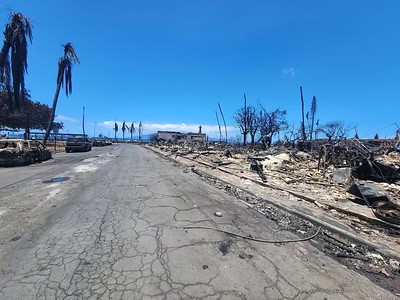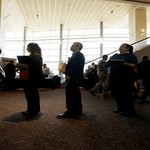In recent times, the picturesque landscapes of Maui have been marred by a series of devastating fires, causing not only ecological havoc but also inflicting a significant economic toll. Early estimates project that the economic losses resulting from these fires are at least $4 billion, an alarming figure that highlights the urgency of addressing the aftermath of this disaster. This article takes a closer look at the far-reaching consequences of the Maui fires, their implications for the local and regional economy, and the lessons that can be learned from this catastrophe.
The Economic Fallout of Maui Fires
The economic impact of wildfires extends far beyond the immediate destruction of property and natural resources. In the case of the Maui fires, businesses have been disrupted, tourism has taken a hit, and agricultural operations have been severely affected. The destruction of infrastructure, such as roads and utilities, only exacerbates the economic challenges in the affected areas. These losses have a ripple effect, affecting not only local economies but also regional and even national economic landscapes.
Assessing the Damage
Estimating the economic toll of natural disasters like wildfires is a complex task that involves evaluating both direct and indirect costs. The direct costs encompass the expenses related to firefighting efforts, property damage, and the costs associated with evacuations and emergency services. However, the indirect costs, often more difficult to quantify, include the long-term impacts on industries such as agriculture, tourism, and real estate.
In the case of Maui, the loss of fertile agricultural land, which contributes significantly to the local economy, is particularly worrisome. Additionally, the damage to tourism infrastructure, such as resorts and recreational facilities, is projected to have a lasting impact on visitor numbers and spending. These losses reverberate through the entire economic ecosystem, affecting livelihoods and economic stability.
The Road to Recovery
While the immediate aftermath of the Maui fires is undeniably distressing, it also presents an opportunity for reevaluation and rebuilding. Investments in fire-resistant infrastructure, improved land management practices, and enhanced firefighting capabilities can help mitigate the impact of future wildfires. Additionally, the economic losses incurred underscore the importance of robust insurance coverage and financial preparedness measures for individuals, businesses, and communities.
Lessons Learned
The devastating losses inflicted by the Maui fires emphasize the need for proactive measures to prevent and mitigate the impact of wildfires. Public awareness campaigns can educate residents and businesses about fire-safe practices, including defensible space creation and early evacuation planning. Local and regional governments can also invest in technology-driven solutions, such as early warning systems and fire prediction models, to enhance disaster preparedness.
Conclusion
The economic toll of the Maui fires, which stands at a minimum of $4 billion, serves as a stark reminder of the widespread consequences of natural disasters. Beyond the immediate destruction of property and resources, these disasters disrupt economies, strain public resources, and challenge communities to rebuild and recover. By learning from the Maui fires, societies can implement proactive strategies that enhance resilience, reduce economic losses, and safeguard livelihoods in the face of future challenges.












